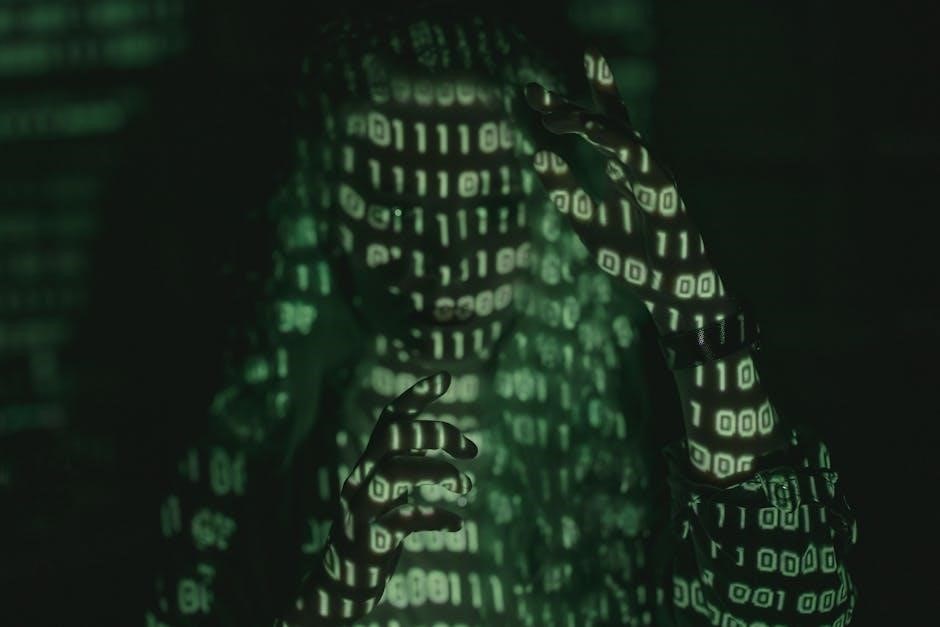Ultrasound guided biopsy of thyroid cpt code involves
Definition and Purpose
The definition of ultrasound guided biopsy of thyroid cpt code refers to a medical procedure where a biopsy is performed on the thyroid gland with the guidance of ultrasound technology․
The purpose of this procedure is to obtain a tissue sample from the thyroid gland for diagnostic purposes, such as to check for cancer or other abnormalities․
This procedure is typically performed using a fine needle aspiration biopsy, which involves inserting a small needle into the thyroid gland to collect a tissue sample․
The use of ultrasound guidance allows for more accurate placement of the needle, reducing the risk of complications and improving the chances of obtaining a diagnostic sample․
The cpt code for this procedure is used to bill insurance companies for the service, and it is an important part of the medical billing process․
The definition and purpose of ultrasound guided biopsy of thyroid cpt code are closely related to the medical billing process and the use of ultrasound technology in medical procedures․
Importance of Accurate Coding
Accurate coding is crucial for ultrasound guided biopsy of thyroid cpt code as it ensures proper reimbursement for medical services․
The use of correct cpt codes helps to avoid claim denials and reduces the risk of audits․
Inaccurate coding can lead to delayed or denied payments, resulting in financial losses for healthcare providers․
Therefore, it is essential to use the correct cpt codes for ultrasound guided biopsy of thyroid procedures․
The importance of accurate coding cannot be overstated, as it has a direct impact on the financial stability of healthcare providers․
Healthcare providers must stay up-to-date with the latest cpt codes and guidelines to ensure accurate coding․
This includes understanding the different codes for various procedures, such as fine needle aspiration biopsy and core needle biopsy․
By using accurate coding, healthcare providers can ensure that they receive fair reimbursement for their services․

CPT Codes for Ultrasound-Guided Thyroid Biopsy
CPT codes 10005 and 10006 are used for ultrasound-guided thyroid biopsy procedures always․
CPT Code 10005 and 10006 Description
CPT code 10005 is used for the first lesion in an ultrasound-guided thyroid biopsy, while code 10006 represents each additional lesion․
The use of these codes ensures accurate reimbursement for the procedure․
The codes are part of a set of codes that cover fine needle aspiration biopsies with various imaging guidance․
The description of these codes is crucial for proper coding and billing․
Ultrasound guidance is an essential part of the procedure, and the codes reflect this․
The codes are used in conjunction with other codes to ensure complete and accurate coding․
The description of CPT code 10005 and 10006 is specific to ultrasound-guided thyroid biopsy․
The codes are used to report the procedure to payers and are an essential part of the medical billing process․
Accurate coding is critical to ensure proper reimbursement for the procedure․
Use of Modifier 59
Modifier 59 is used to indicate a distinct procedural service, however, in the case of ultrasound-guided thyroid biopsy, it is not always necessary․
The CPT description of code 10006 indicates an additional lesion, making modifier 59 unnecessary in this scenario․
The use of modifier 59 is crucial to avoid incorrect coding and reimbursement․
Proper documentation is necessary to ensure accurate coding and to determine when modifier 59 is required․
The modifier is used to distinguish between separate procedures, such as biopsies performed on different lesions․
In some cases, modifier 59 may be necessary to indicate that a separate procedure was performed, but this is not always the case․
The decision to use modifier 59 depends on the specific procedure and the coding guidelines․
Accurate use of modifier 59 is essential for proper reimbursement and to avoid coding errors․
The guidelines for using modifier 59 must be carefully followed to ensure accurate coding․
Proper Documentation for Accurate Coding
Proper documentation ensures accurate coding and reimbursement with ultrasound guided biopsy procedures always․
Requirements for Documentation
Requirements for documentation of ultrasound guided biopsy of thyroid cpt code include detailed records of the procedure, patient information, and ultrasound guidance used․
The documentation should also include the CPT code used, the number of lesions biopsied, and any additional procedures performed․
Accurate documentation is essential for proper reimbursement and to avoid claim denials․
The documentation should be complete, concise, and easily accessible to ensure accurate coding and billing․
It is also important to include any relevant medical history, test results, and diagnoses in the documentation․
The use of electronic health records (EHRs) can help streamline the documentation process and reduce errors․
Proper documentation can help ensure that the healthcare provider receives proper reimbursement for the procedure․
The documentation should be reviewed and updated regularly to ensure that it remains accurate and complete․
This will help to prevent errors and ensure that the healthcare provider is in compliance with regulatory requirements․
The requirements for documentation may vary depending on the healthcare setting and the specific procedure being performed․

Ultrasound Guidance for Needle Placement
Ultrasound guidance enhances needle placement accuracy
CPT Code 76942 Description
CPT code 76942 is used to describe ultrasonic guidance for needle placement, which is a crucial aspect of ultrasound-guided biopsy procedures․ This code is used in conjunction with other codes to provide a comprehensive description of the procedure․ The use of ultrasound guidance significantly enhances the accuracy of needle placement, allowing for more precise targeting of lesions․ According to the American Academy of Professional Coders, CPT code 76942 is used to report ultrasonic guidance for needle placement, and it is an essential component of ultrasound-guided biopsy procedures․ The description of this code includes the use of ultrasound to guide the needle during the procedure, which is essential for ensuring accurate and safe biopsy results․ The code is used in various medical specialties, including radiology and surgery, to report ultrasound-guided procedures․ Proper use of this code is essential for accurate billing and reimbursement․

Contrast Administration in Thyroid Ultrasound-Guided Biopsy
Codes include CPT 76536 and CPT 96374 with modifier 26 always used together properly․
CPT Code 96374 and Modifier 26
CPT code 96374 is used for contrast administration, and modifier 26 is used to indicate the interpretation of the procedure․ The use of modifier 26 is crucial in this context, as it distinguishes the interpretation from the administration of the contrast․ In the case of thyroid ultrasound-guided biopsy with contrast, CPT code 96374 would be reported with modifier 26 to indicate that the procedure includes the interpretation of the contrast administration․ This is an important aspect of accurate coding, as it ensures that the procedure is properly reimbursed․ The combination of CPT code 96374 and modifier 26 provides a clear and concise way to report the administration and interpretation of contrast in thyroid ultrasound-guided biopsy procedures, allowing for accurate reimbursement and efficient coding processes․ Proper documentation is necessary to support the use of these codes․

Scenario-Based Coding for Thyroid Ultrasound-Guided Biopsy
Scenario-based coding involves specific clinical scenarios and codes
Example Codes and Descriptions
Example codes for ultrasound guided biopsy of thyroid include CPT code 10005 for the first lesion and CPT code 10006 for each additional lesion․
The codes are used to describe the procedure and ensure accurate reimbursement․
The CPT code set provides specific codes for ultrasound-guided procedures, including fine needle aspiration biopsies․
Codes 10005 and 10006 are designated for ultrasound-guided FNA biopsies․
The codes are used in various clinical scenarios, including diagnostic and therapeutic procedures․
Proper use of the codes requires accurate documentation and understanding of the procedure․
The codes are updated regularly to reflect changes in medical procedures and technologies․
The American Academy of Professional Coders provides guidance on the use of the codes․
The codes are essential for healthcare providers to ensure accurate reimbursement and high-quality patient care․
The codes are used in conjunction with other codes to describe complex procedures․
The use of the codes requires ongoing education and training for healthcare professionals․
The codes are an essential part of the healthcare system, ensuring accurate reimbursement and high-quality patient care, with specific descriptions and guidelines․
